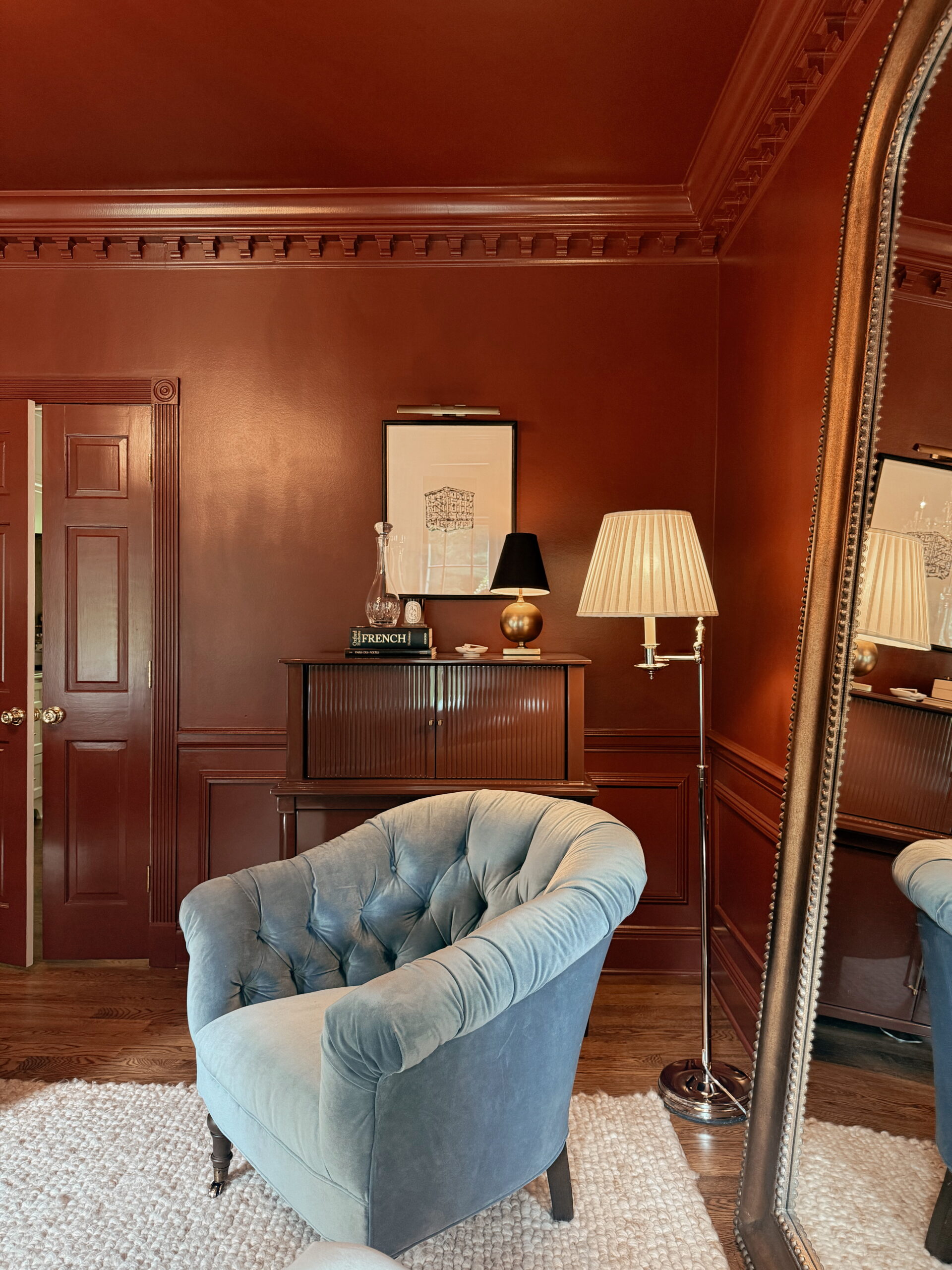There’s a comfort in walls.
Defined corners. Soft separations. Rooms with a purpose, each holding their own mood, their own meaning. I didn’t think much of it growing up, but the layout of a home has always shaped the way I moved through a day — how I rested, worked, made meals, had conversations.
We didn’t set out looking for a closed-concept house. But as we toured homes and imagined a life inside their walls, I found myself leaning toward spaces that felt familiar. Rooms that weren’t trying to be everything all at once. That held a little privacy, a little calm.
Open-concept homes have their place, of course. There’s an ease to them — the way light flows, the feeling of space, the simplicity when hosting. But there’s something I keep coming back to: the quiet rhythm of a home that doesn’t require everything to happen in one room.
A closed-concept home invites intention.
Work happens in one place. Rest in another. The kitchen is allowed to be messy without feeling like it’s on display. The living room can hold its own kind of chaos. Each room offers its own pause — a moment to shift energy, step out of one mode and into another.
When we lived in New York, our work and home life bled into each other constantly. There wasn’t much separation — which meant, in some ways, there wasn’t much relief. So when the time came to settle somewhere new, we made space for doors to close. For boundaries to return.
Now, each room feels like its own small world. A place to focus. To play. To reset. It’s not about being traditional or rejecting what’s modern — it’s just about what makes sense for the way we live.
And for us, that’s a little separation. A little quiet. A few walls to hold the day.

0
Comments
• leave a comment •